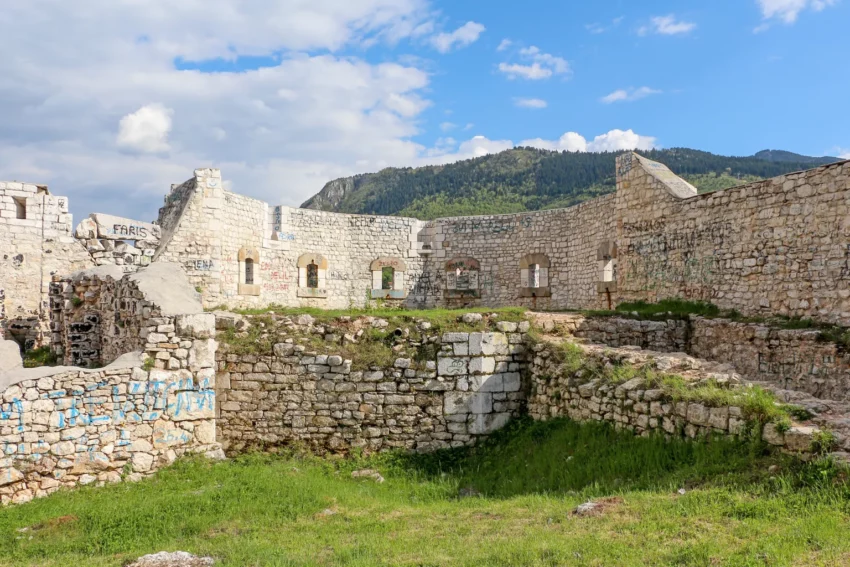Bijela Tabija: A Historical and Archaeological Overview
Bijela Tabija, or the White Fortress, stands as a significant historical and archaeological site in Sarajevo, Bosnia and Herzegovina. This fortress offers insights into the region’s complex history, spanning from the medieval period to the Ottoman era.
Get your dose of History via Email
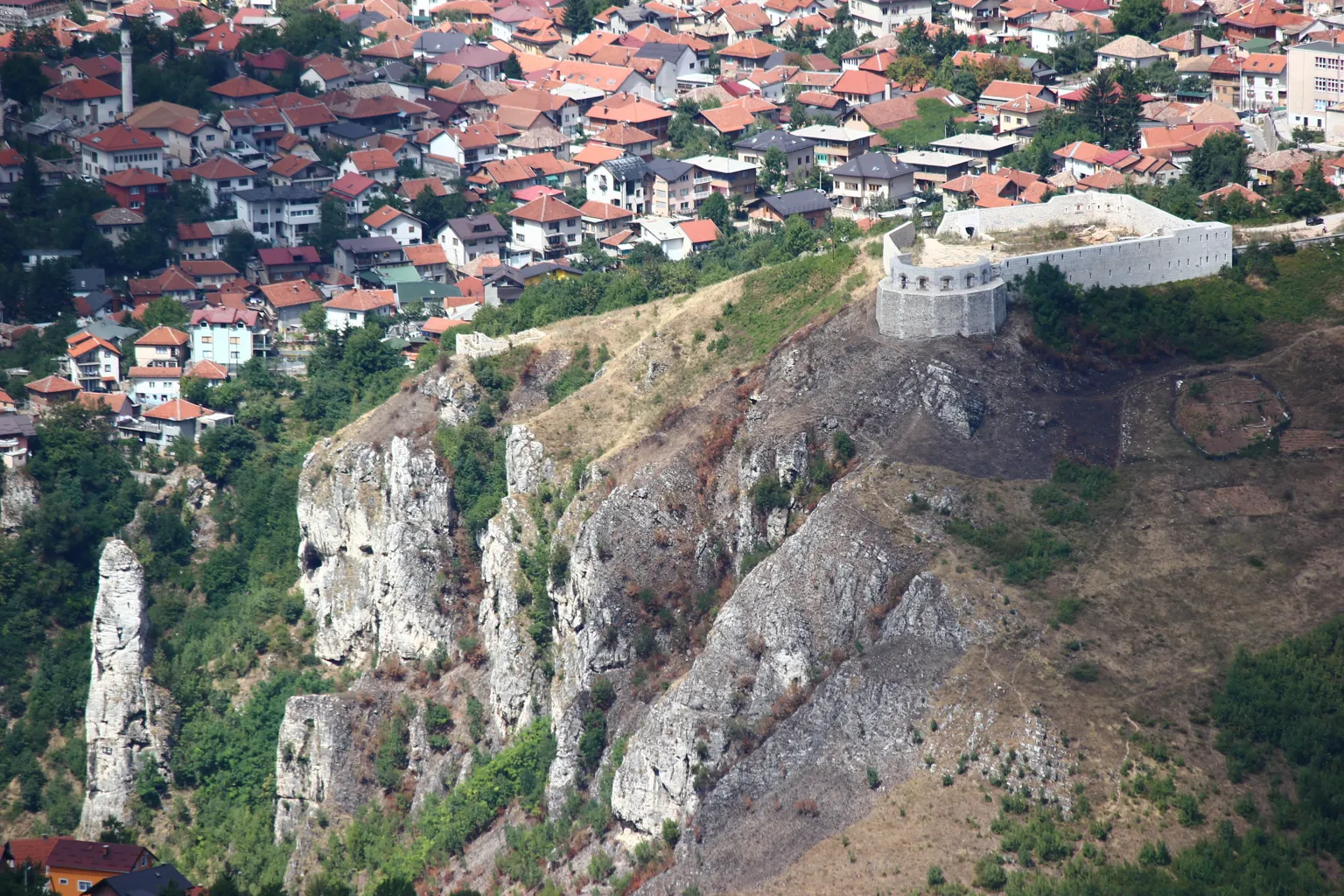
Historical Background
Bijela Tabija’s origins trace back to the 14th century AD. The medieval Bosnian state constructed the initial fortifications. These early structures aimed to protect the city of Vrhbosna, an important medieval settlement. The fortress’s strategic location on a hill provided a vantage point over the Miljacka River valley.
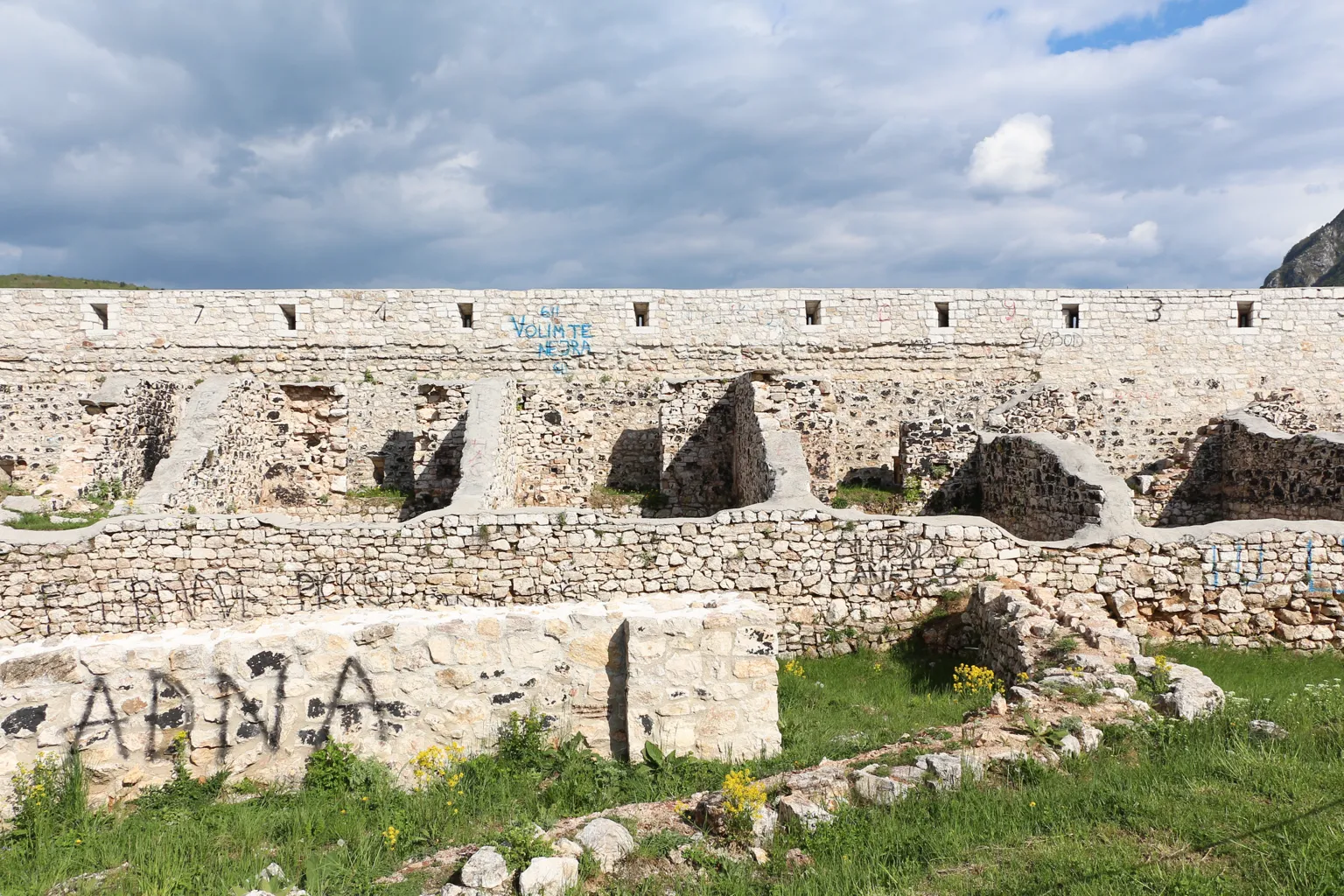
Ottoman Influence
In the 15th century AD, the Ottoman Empire conquered Bosnia. They recognized the strategic importance of Bijela Tabija and expanded its fortifications. The Ottomans used the fortress to control the surrounding area and protect Sarajevo from potential invasions. They added several defensive features, including thick walls and watchtowers.
Architectural Features
Bijela Tabija showcases a blend of medieval and Ottoman architectural styles. The fortress’s walls, built from limestone, are a prominent feature. These walls, up to 1.5 meters thick, provided robust defense against attacks. The fortress also includes several towers, which served as lookout points and defensive positions.
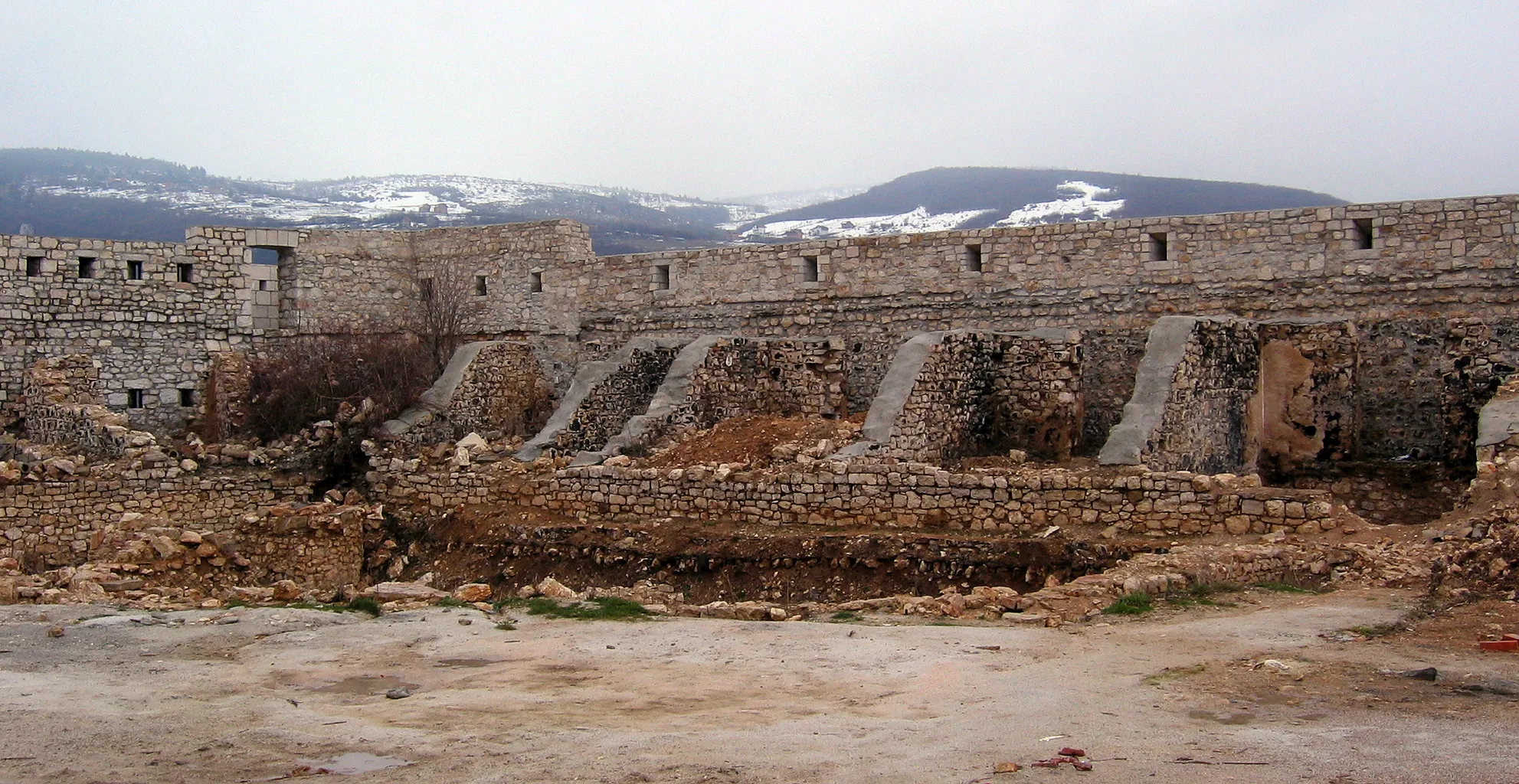
Archaeological Discoveries
Archaeological excavations at Bijela Tabija have unearthed various artifacts. These findings include medieval pottery, Ottoman-era weapons, and everyday items. These artifacts offer valuable insights into the daily lives of the fortress’s inhabitants. They also help researchers understand the site’s historical significance.
Preservation Efforts
Preserving Bijela Tabija remains a priority for local authorities and historians. The fortress has undergone several restoration projects to maintain its structural integrity. These efforts aim to protect the site for future generations and promote its historical importance.
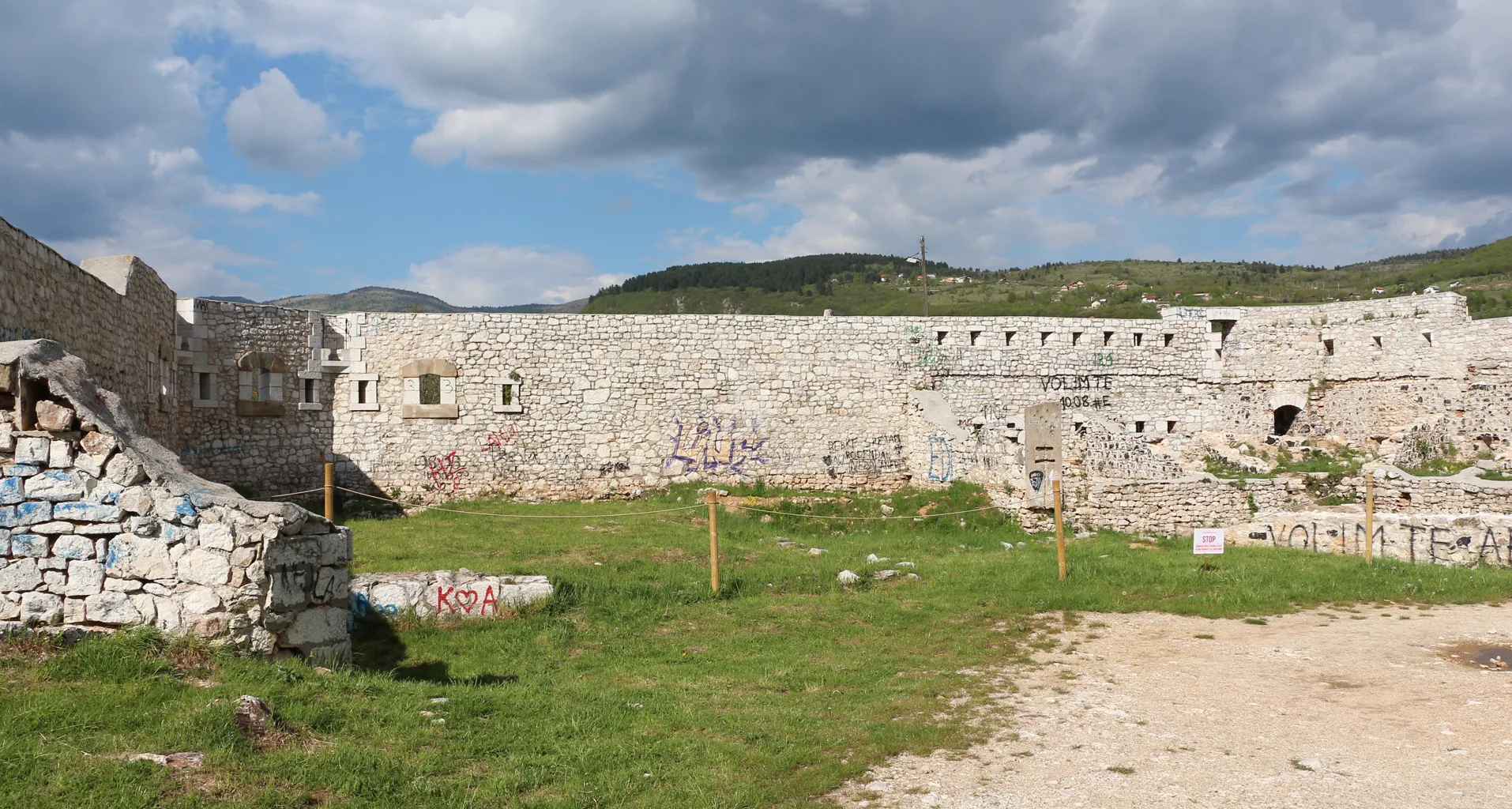
Conclusion
Bijela Tabija stands as a testament to Sarajevo’s rich and diverse history. Its medieval origins and Ottoman expansions highlight the region’s strategic importance. Ongoing archaeological research and preservation efforts ensure that this historical site continues to offer valuable insights into Bosnia and Herzegovina’s past.
Sources:

